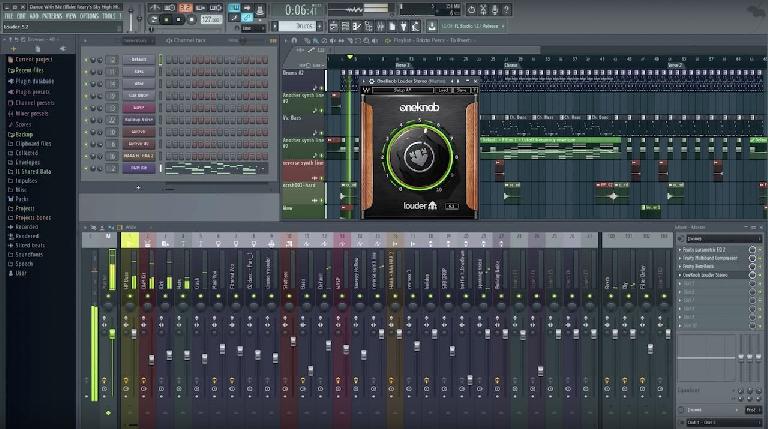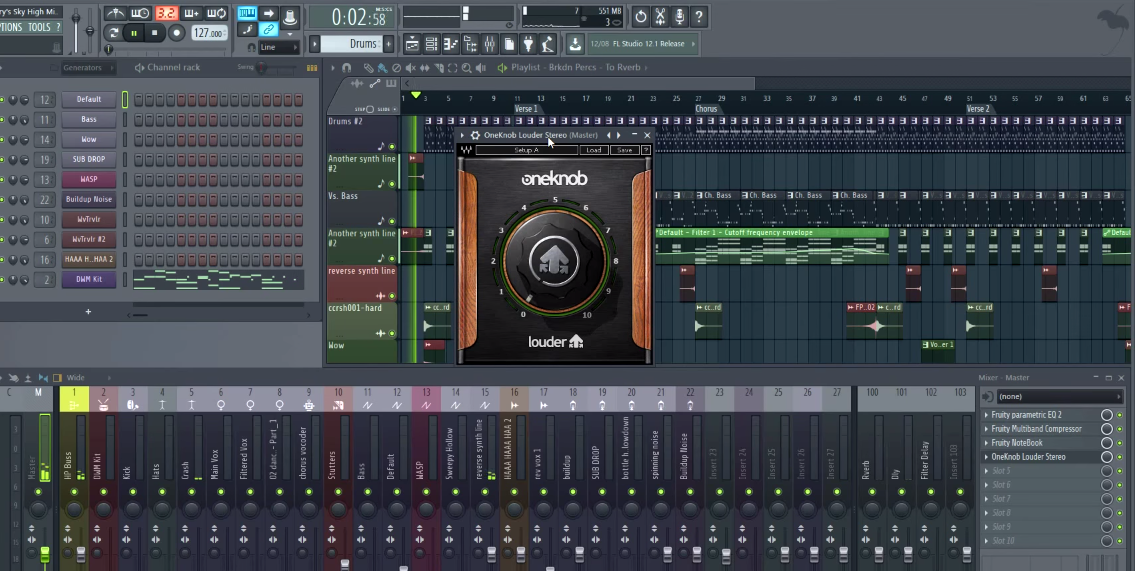

If so, then add another Fruity Parametric EQ2. With the ceiling dial, when you start decreasing this you’ll hear it imparts the saturation on the band.Īfter the multiband compression, you might want to make some EQ adjustments. With the threshold, you have two modes: Mode A or Mode B: and you can choose what percentage of the mode you want to add by moving the dial left or right from the center. With Maximus, you can also add in some slight saturation per band, also known as harmonic exciting. Just apply a subtle compression here to help even out the compression on the track. With the Master band, you use this as a single band compressor to gel all the bands together. And then for the High band, I don’t apply compression, just gain for a bit more high-end detail in the track. Then I apply slightly less compression to the Mid band. I like to apply a harder compression on the Low band and increase this slightly. It’s actually very easy setting the threshold this way on the graph. What I find really cool is that you can even draw in unique threshold curves in the graph. So tailor the amount of gain for each band, plus the Attack and release times.

So decide where you want the band splits to be by soloing each band and then moving over to the right view to adjust the frequency amount.Īnd then you can see the result of the compression on each band by switching to the monitor view. This gives you added control over your audio through the frequency range, plus you can gel the bands together with the single band master compressor.įor example, you could apply a heavier compression setting over the 0–200 Hz region where you bass and kick usually sit, and this won’t affect elements in the higher registers like the cymbals and hats.

How Maximus works is that you have three bands (Low, Mid, High) where you can set the frequency range for each, and then also a single band master compressor on the effect. I would recommend using Maximus as its features are more advanced. The Fruity Multiband Compressor, or Maximus. You have two multiband compressor options in FL Studio. So add a Fruity Parametric EQ 2 and then apply a low cut. This cuts out any inaudible frequencies that the human ear can’t hear and take up valuable headroom in the mix. Try adding a low cut and cut everything below 40 Hz. I’ll leave this method up to you, but the latter is a better way to go as you’ll be less inclined to make changes to the mix while you master. You can either apply mastering to your song on the mastering output, orr you can export out your song and then pull it back into FL Studio as an audio track and then master the stereo audio track. Let’s take a look at some mastering tips for FL Studio users.


 0 kommentar(er)
0 kommentar(er)
